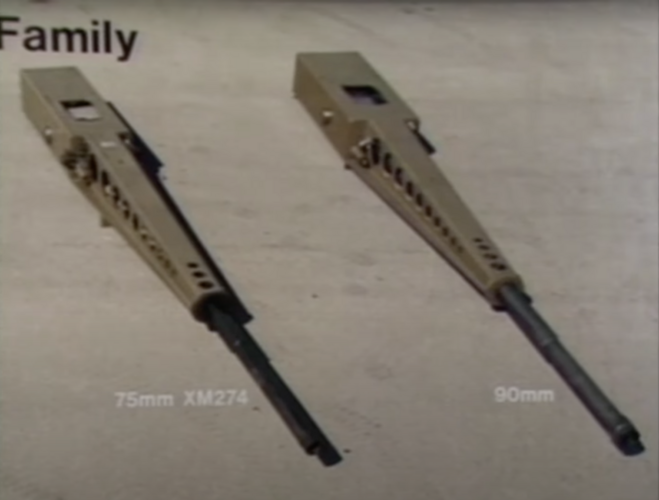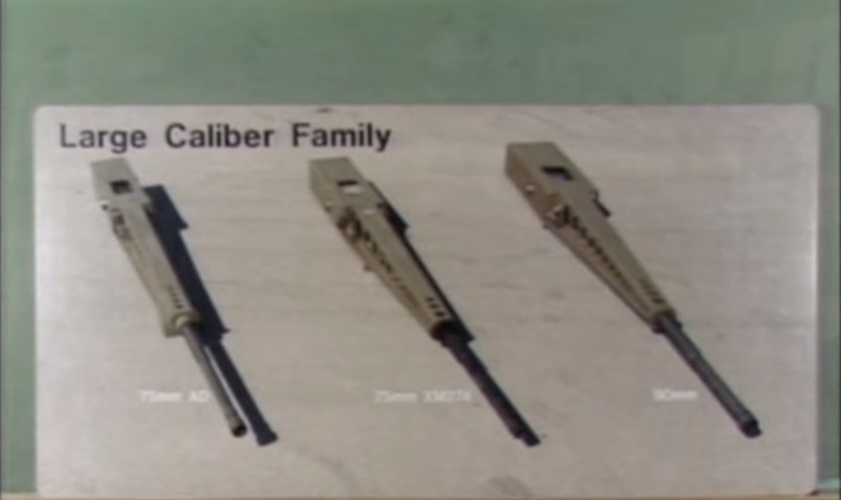There is literally no other option for tank guns, I'm afraid. Armor has finally caught up to guns right now, and the only way to penetrate the armor effectively is up-gunning. You would think that up-caliber-ing would be effective but, not really, especially with the US using DU rounds (which have to have a velocity of 1.55km/s to be actually effective, at least if you want to take advantage of its various properties).
IMHO guns look like they are still the best option for main battle tanks, but there are others. A medium caliber gun (50-76mm) and LOSAT/CKEM would be a kinetic energy approach, top attack is an option (with HEAT or SFF) esp from a 152mm Gun-Launcher, and a good sized thermobaric warhead might be more than enough for a firepower (and even mobility) kill, by disabling all the optics, the APS, and probably the secondary and quite possibly the main armament.
Also, as great a solution as a long 120mm gun, a 130mm, or a 140mm gun might be for anti-tank work, they are massive overkill for HE oriented work and, as barrels get longer, will be make tanks less maneuverable in dense or urban terrain. So horses for courses . . .
Thing is, for NATO, the experience was so bad that it turned everyone within NATO (especially the US) off of any such system. So you have to use a standard cannon. Out of the various 'western' nations, only Israelis using such technology.
Agree. Technically Cockerill has the Falarick, designed with a Ukrainian company, so there is a NATO country
produced gun launched missile, but I don't know of any "western" country adopting it.
The US has a long and sad history of trying to do things 5-10 years to early and then dumping great concepts. NLOS and FOG-M come to mind . . .
HEAT is going the way of the dodo, from what I can understand. Largely because armor schemes and technology have been rendering it impudent. With EMRA (Electromagnetic Reactive Armor) slowly becoming a thing and composite/laminate armor schemes requiring stupidly large warheads to make viable while ADS is going to make top-attack munitions harder to utilize...
... then add to the fact that we'll be getting armored exoskeletons in the near future...
I agree that HEAT is having a much tougher time ever since improved armor types/arrays appeared, but it still seems reliable enough, especially in larger missiles (e.g., Hellfire). It's true that HEAT warheads are getting larger and more complex (e.g., precursor charges), requiring larger, more expensive missiles, but a 60-70 ton tank with a complex armor array, an RWS, and an APS is a very expensive target, so it's still worth building the bigger missiles . . . at least for now.
I think APS is probably a bigger threat to relatively low velocity, HEAT based antitank weapons than armor technology but we'll see.


